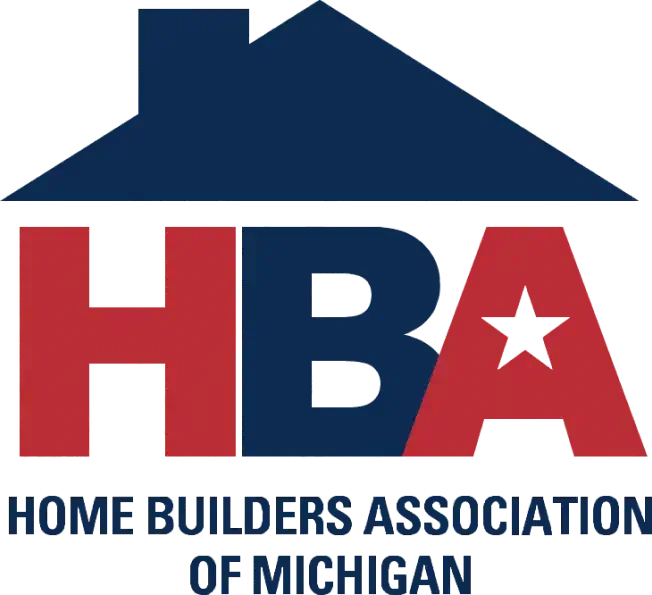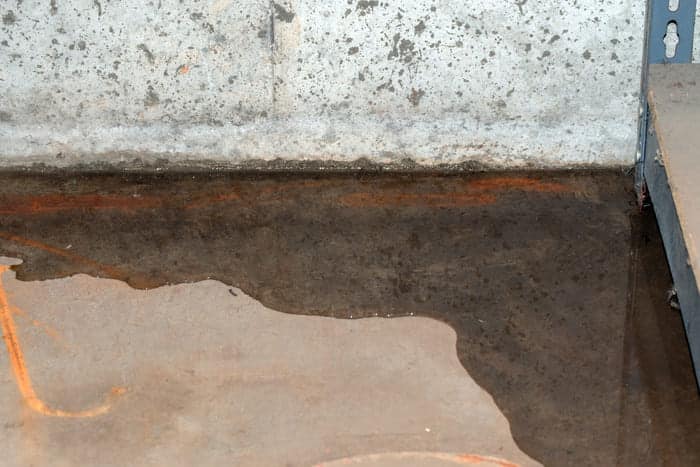Here in Michigan, basements and water problems often go hand in hand. Wet weather, shifting soils, and simply aging homes can result in water issues in and around the basement. This can lead to water leaking through the walls and maybe even major foundation repair work.
The good news is that leaking basement walls can be fixed fast and effectively. If you act now, you can correct the problem before your basement becomes moldy or, worse, flooded.
If you have a basement with leaking walls, don’t fear. There are ways to fix the problem that stops water intrusion and also stabilizes your foundation for years to come.
Let the team of foundation repair professionals in Michigan at Bluebird CFW inspect your basement and put together a recommended course of action to correct your basement wall leaks in a timely and cost-effective manner.
Your Exterior Environment
There can be any number of reasons why your basement walls are leaking, regardless of whether your walls are made of concrete blocks, poured concrete or field stone. The problem is water is getting into your basement. So, first and foremost, water is the problem.
One of the first things a Bluebird CFW foundation inspector will do when they provide your free inspection is look at the outside environment around your home. This evaluation will help identify potential water issues around your home related to things like:
- Poor drainage
- Soil issues
- Land grading
Your property can have an issue with one or all three of the items listed above or issues with other external items not listed. The thing to remember is the outside environment plays a huge role in how water impacts your home and its foundation. If one of our inspectors sees a problem outside, they’ll be sure to make a recommendation as part of their quote.
If you’re wondering what kind of recommendations are often included for exterior solutions, they can include:
- Regrading your land
- Installation of helical piers
- Correcting and cleaning downspouts and gutters
Regrading your land and installing a drainage system are usually necessary in areas where water collects easily, doesn’t naturally drain well, or encourages water to flow toward the home instead of away. Downspout and gutter maintenance is just as important. Good gutters and downspouts ensure water is moved away from the perimeter of your home as much as possible and not allowed to seep into the soil around it.
In any of these cases, water will not only be affecting the surface of your property, but deeper into the soil. When water is impacting your soil below the property line, that can cause problems for your basement and your foundation as a whole. In cases where shifting soil is causing issues with your basement or foundation, helical piers may be installed to correct the problem and restore structural and watertight integrity.
Small Fixes to Sump Pumps
Hopefully, fixing any exterior property issues will stop your basement wall from leaking over the long term. However, in the short term, structural issues need to be identified and addressed right away. The common issues with basement walls that are leaking include:
- Cracks
- Porous or improperly sealed concrete
- Poor or failing mortar joints in concrete block walls
It may be possible to fix a lot of these issues with spot repairs like patches or a combination of patching and waterproofing both inside and outside. For major water intrusion issues inside, an internal drainage and sump pump system may need to be installed.
Bowing Basement Walls
The larger problem, though, and the one that will have all of the above as symptoms, is bowing basement walls. Bowing basement walls results from changing soil pressure due to factors like temperature, water saturation, and the type of soil around the foundation. If caught early, leaking walls may be the least of your problems. However, if not caught or fixed, the entire structural integrity of your home may be compromised.
To correct bowing basement walls, the ground around the wall should be excavated to relieve pressure. From there, carbon fiber straps or wall braces can be installed to pull the wall back into proper alignment, acting as a structural anchor and transferring tension from the wall to the soil.
Once the carbon fiber straps or wall braces are installed and the wall straightened, a waterproof membrane and sealant can be installed on the exterior wall. For the interior, a carbon-fiber reinforment system of straps can also be installed to further reinforce the structural strength of the basement walls.
Ultimately, we won’t know the best way to stop your leaking basement walls until we inspect them. But you can trust our 20 years of experience. Any issues can and will be fixed.
Call us today for a free inspection and estimate!





